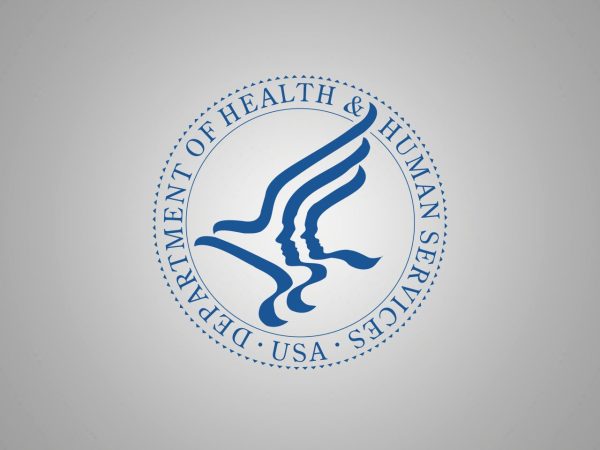
The United States Department of Health and Human Services announced Thursday, March 27, that they will be cutting 10,000 employees. That will leave the agency with a total of 62,000 employees worldwide.
This drastic move came after another 10,000 workers resigned earlier last week. According to HHS these cuts are a part of a larger strategy to streamline more operations and save taxpayers around $1.8 billion annually. This decision was announced with President Donald Trump’s Executive Order.
This news shocked people throughout the public health community because HHS’s ability to maintain its services, especially in local health department support and disease prevention efforts, will be compromised.
“In its announcement, HHS said it will consolidate from 28 to 15 divisions, including a new Administration for a Healthy America, and will reduce regional offices from 10 to five,” CNN reported.
The public health community advocates fear that the cuts could have longer-term effects on the nation’s healthcare system, especially dealing with challenges such as the COVID-19 pandemic, chronic diseases and mental health issues.
HHS officials said that these layoffs are necessary for the sustainability of the agency for the future. The cuts will impact administrative positions and will be changes in several departments.
The department is focused on reducing dismissal and improving efficiency and better feedback to demands on the healthcare system. The department does state that Medicare, Medicaid and other health care services will remain intact.
“The overhaul will implement the new HHS priority of ending America’s epidemic of chronic illness by focusing on safe, wholesome food, clean water, and the elimination of environmental toxins,” the HHS said on its official government website. “These priorities will be reflected in the reorganization of HHS.”
Although some of what HHS has stated with health care services remaining intact, others fear that the staffing shortages could lead to delays in Medicaid claim processing, reduce care for beneficiaries and complications for state governments on federal assistance.
The cuts could also have a domino effect on the state and local public health departments, many of them rely on federal funding to support critical health initiatives such as vaccination campaigns, disease control and maternal health services. Local health departments are already trying to deal with previously reduced funding, but these new federal cuts may hinder their ability to respond to public health emergencies.
For students studying public health at GCSU, the news is concerning. Public health majors have already been faced with an uncertain job market in recent years, the HHS layoffs could make it even more difficult for them to secure employment after they graduate.
“I think there will be a lot fewer jobs when it comes to public health, and it might even affect some classes that are taught that pertain to it,” said Makiya Mills, a sophomore public health major. “The department may even have to rethink how they organize the program with the changes going on with the government.”
The cuts may also lead to competition for public health jobs, since fewer positions will be available and there will be highly qualified candidates wanting these jobs. GCSU public health students and other professionals could face a lot of challenges in starting their careers.
This cut of employment could be beneficial budget wise and will overall help the department, but many said it will harm the nation.

